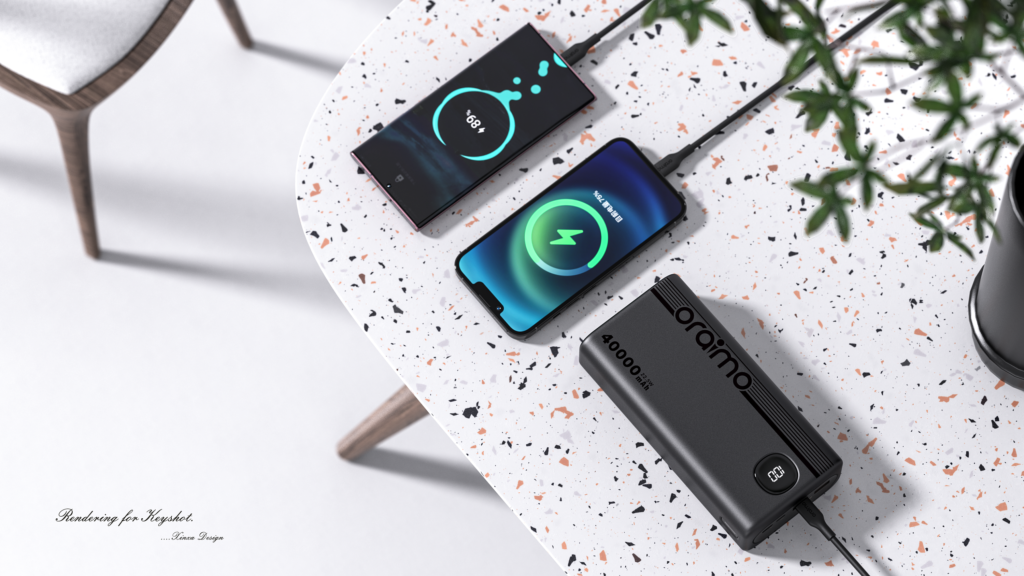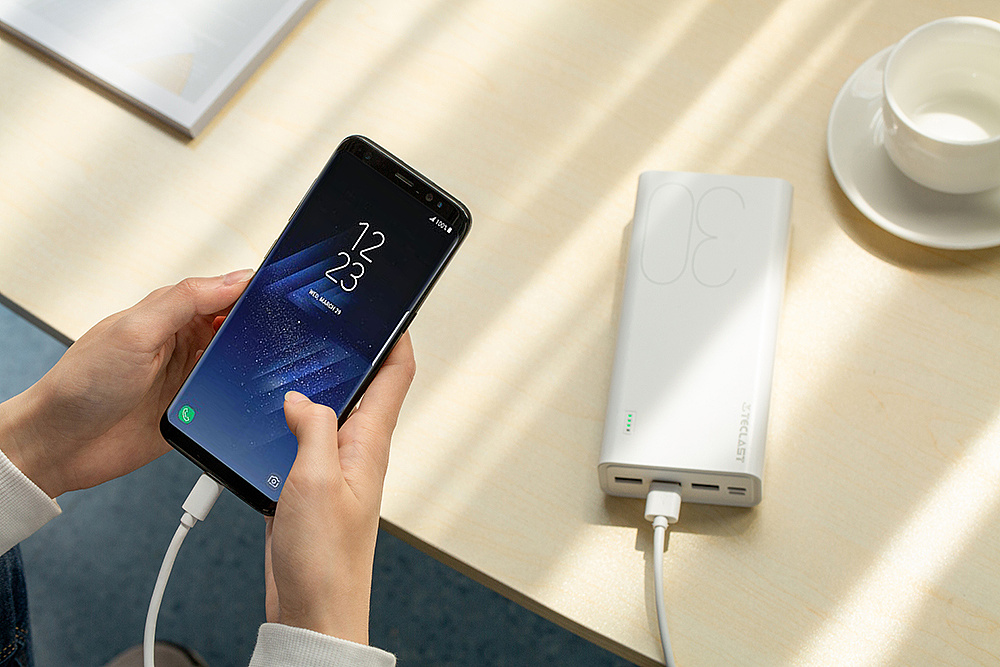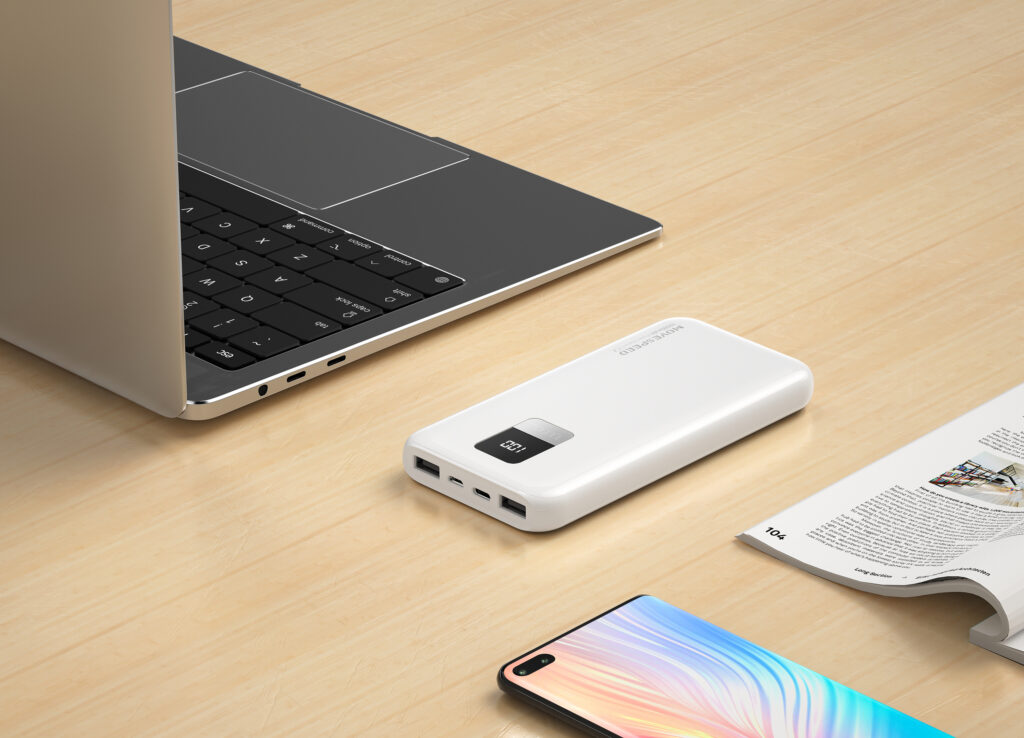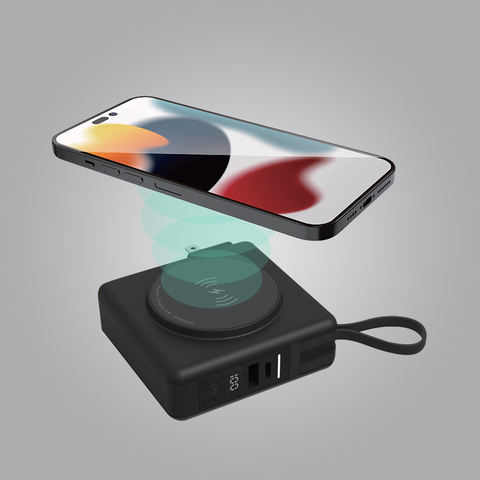
The Evolution of Power Banks: From Inception to Modern-day Solutions
Leading Paragraph
In today’s fast-paced, tech-driven world, portable power has become indispensable. However, just two decades ago, the concept of a power bank didn’t even exist. With the rapid expansion of mobile device usage, the demand for portable charging solutions skyrocketed. Understanding the history of power bank development is crucial for B2B stakeholders, such as wholesalers, manufacturers, and brand owners, who aim to stay competitive and innovative in this growing market.
Snippet Answer Paragraph
The first power bank was introduced in 2001 at the Las Vegas Consumer Electronics Show, designed by a group of college students. This rudimentary design used AA batteries to store energy. In 2004, the device was adapted for use in a Chinese Antarctic expedition, marking a significant turning point in the evolution of power bank technology. Since then, power banks have become essential tools for recharging mobile devices, tablets, and even laptops, particularly in situations where traditional power sources are unavailable.

Transitional Paragraph
Let’s explore the significant milestones and technological advancements in the power bank industry over the past two decades.
5.1 The Beginning: The Inception of Power Banks (2001-2004)
The concept of the power bank first emerged in 2001 when a group of college students showcased their creation at the Las Vegas Consumer Electronics Show. Their design was rudimentary, utilizing AA batteries connected to a simple control circuit. The prototype was large, heavy, and had a very short energy life, limiting its practical usage. However, it laid the foundation for what would eventually become one of the most important mobile accessories of the modern age.
The prototype received limited attention at the time but gained prominence in 2004 when a more advanced version was developed for the Chinese Antarctic Expedition. This marked the first significant application of portable energy storage, with power banks providing much-needed electricity in extreme, off-grid conditions. The success of this adaptation set the stage for the commercialization of power banks.

5.2 The Role of Lithium-Ion Technology
The limitations of early power banks—size, weight, and short energy cycles—prompted researchers to explore more efficient battery types. The breakthrough came with the widespread adoption of lithium-ion and lithium-polymer batteries, which transformed the landscape of mobile power storage.
Lithium-ion technology allowed manufacturers to produce lighter, more energy-dense power banks that were significantly smaller in size. This innovation was critical in enabling the large-scale commercialization of power banks, particularly as the demand for portable power solutions grew in tandem with the rise of smartphones and tablets in the mid-2000s.
5.3 Power Banks for Smartphones: The First Commercial Models (2005-2010)
With the release of high-demand smartphones like Apple’s iPhone in 2007, power banks transitioned from niche expedition tools to mass-market products. Chinese manufacturers were among the first to introduce affordable, consumer-focused power banks. Initially, these devices were relatively simple, offering basic features such as one charging port and limited battery capacity. However, they quickly gained traction as consumers realized the convenience of portable power.
By the end of the decade, power bank models were being sold across Europe and America, with capacity levels gradually increasing. Manufacturers began integrating additional features like multiple charging ports and protection circuits, which made power banks safer and more reliable for the average consumer.
5.4 Mass Adoption and Industry Growth (2010-2015)
The early 2010s marked a significant boom in the power bank market, with consumer electronics companies such as Anker entering the industry. The rise of mobile devices across global markets directly fueled demand for portable charging solutions, and power banks became a ubiquitous part of everyday life for millions of consumers.
During this time, major innovations included the introduction of fast charging capabilities, which allowed users to charge their devices in less time, and multi-device compatibility, enabling users to charge multiple gadgets simultaneously. Companies also began implementing advanced safety features, such as overcharge protection and temperature control, to enhance user safety and prolong the life of both the power bank and the devices being charged.

5.5 The Modern Era: High-Capacity, Multi-Functional Power Banks (2016-Present)
From 2016 onwards, the power bank industry experienced another wave of innovation, driven by the need for higher-capacity models capable of charging more power-hungry devices such as laptops and gaming consoles. The introduction of USB-C connectors, alongside wireless charging and solar-powered banks, showcased the industry’s ability to adapt to evolving technological trends.
Today’s power banks not only offer large energy storage but also come equipped with multiple features such as Quick Charge, Power Delivery, and reverse charging capabilities, turning them into essential tools for both professionals and casual users. Some models even include solar panels or wireless charging pads, further enhancing their versatility.
Manufacturers also began focusing on sustainability, with eco-friendly power banks made from recycled materials and equipped with energy-efficient charging technologies. Power bank sharing stations—a service where users can rent power banks on the go—emerged in urban areas as a new business model, further diversifying the use cases for portable power.
5.6 Future Trends: Where Is the Power Bank Market Heading?
As technology continues to evolve, so does the power bank industry. Emerging technologies such as graphene batteries, which promise faster charging times and longer lifespans, could revolutionize the market. Flexible and wearable batteries are also being explored, offering potential new applications for both consumer electronics and industrial uses.
Another important trend is the increasing integration of smart technology into power banks, allowing for real-time monitoring of battery health, energy consumption, and device compatibility. This will likely appeal to B2B stakeholders interested in optimizing efficiency and user experience.

Summary
Power banks have come a long way since their introduction in 2001. From bulky AA battery-powered prototypes to sleek, multi-functional devices capable of charging laptops, smartphones, and even wearables, the evolution of power banks reflects the broader trends in mobile technology.
For businesses in the wholesale, manufacturing, and branding sectors, understanding the history and future of power bank technology is crucial to staying competitive in this dynamic market.
As demand for portable energy continues to grow, innovations such as graphene batteries, flexible power banks, and wireless charging will shape the future of the industry. By staying ahead of these trends, B2B companies can meet the ever-growing needs of tech-savvy consumers.







